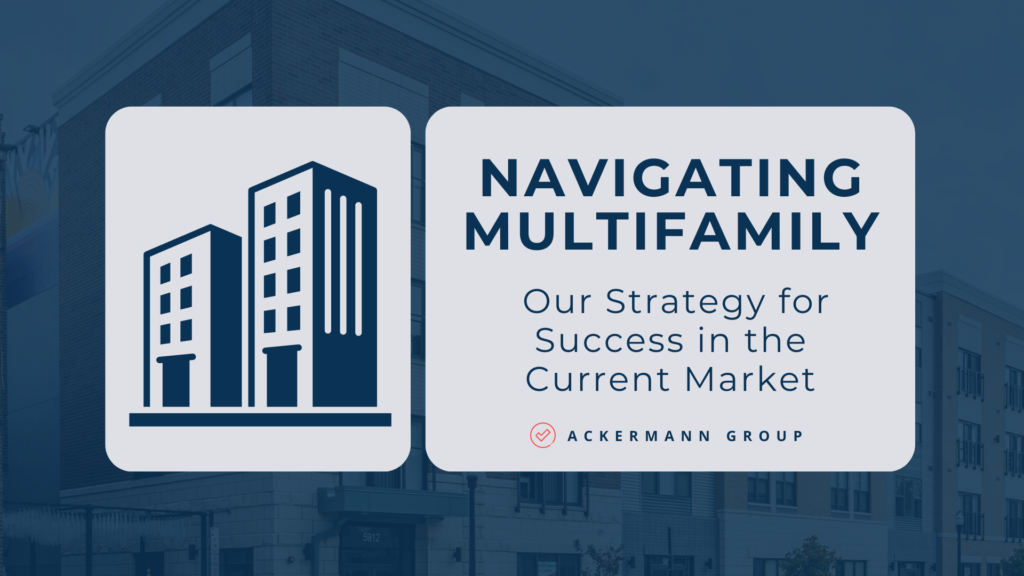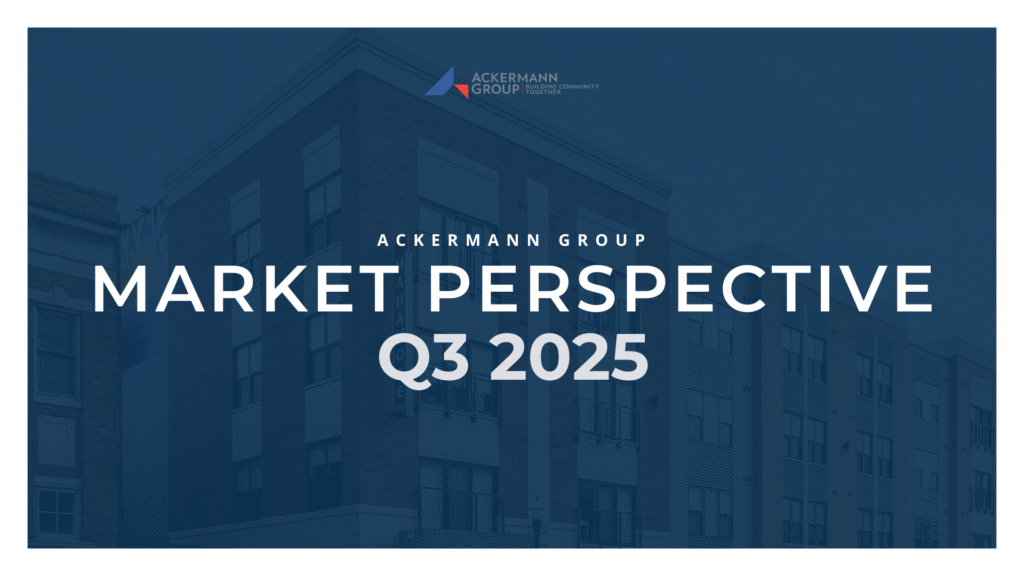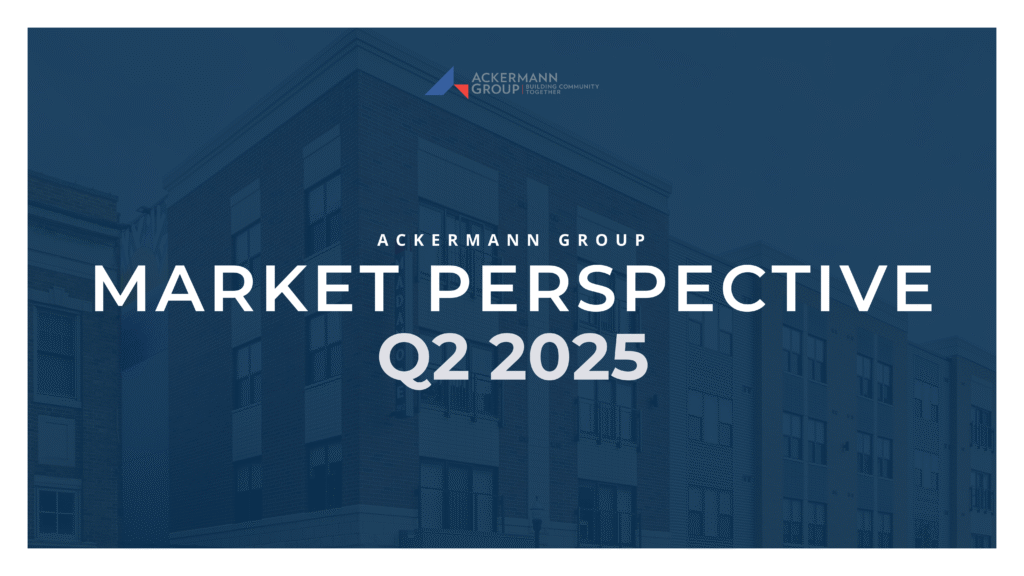In 2025, the multifamily apartment sector finds itself at the heart of an evolving economic and demographic story. As the market regulates toward it’s new normal, we are beginning to see the staggering effects of the post-covid economy. These regions are no strangers to growth, but this year has exposed a growing imbalance between supply and demand. Nowhere is this more apparent than in the contrasting trajectories of the Midwest and Sun Belt markets.
In cities like Cincinnati, Columbus, Indianapolis, Louisville, and Lexington, demand for apartment living remains strong and is growing. With mortgage rates still hovering near multi-decade highs, many would-be homebuyers have been forced to stay in the rental market, either indefinitely or until affordability improves.
But the real story lies on the supply side. New apartment completions across the region have slowed significantly in the wake of rising construction costs, limited access to capital, and cautious development pipelines. While markets in the Southeast and Southwest have seen waves of new deliveries, much of the Midwest remains chronically undersupplied. Permitting backlogs, zoning constraints, and lackluster investor attention have only exacerbated the situation.

The result? Occupancy rates remain elevated. Leasing velocity is strong, and operators are offering few, if any, concessions. Rent growth, though modest compared to pre-pandemic surges in other parts of the country, is consistently positive and increasingly durable. What’s emerging is a more balanced and recession-resistant tenant base. These renters tend to stay longer, prioritize stability, and often seek mid-tier or workforce housing, an area where many Midwest markets naturally excel.
Recent national data only strengthens this view. In the first quarter of 2025, apartment absorption reached a record-breaking 138,000 units—marking the strongest Q1 in RealPage’s recorded history. On an annualized basis, that translates to over 707,000 units absorbed across the country. Occupancy now sits at 95.0% nationally, up nearly a full percentage point year-over-year. Effective rent growth, which had slowed in 2023, has turned the corner. The first quarter recorded 0.3% rent growth, with year-over-year gains at 0.8%, modest but clearly trending upward. In several Midwest markets rent growth is projected to outperform both national and regional averages for the remainder of the year.
By comparison, the Sun Belt markets tell a different story. Cities like Austin, Phoenix, and Atlanta experienced a post-pandemic construction boom fueled by investor enthusiasm, favorable building conditions, and rapid job growth. Those units are now coming online at scale. While the influx of supply has helped alleviate prior shortages, it’s also introduced fresh challenges. Leasing up newly delivered product has required aggressive concessions, and rent growth is beginning to cool. Property managers are working harder to retain tenants and differentiate their offerings in increasingly crowded submarkets. Though these markets remain attractive long-term, current conditions have tipped into over-competition in many places, with clear implications for yield and risk.
One national constant threading through both regions is elevated mortgage rates. As of mid-2025, the 30-year fixed mortgage rate remains well above historical averages, pricing many would-be homebuyers out of the for-sale market. Traditionally, the Midwest rental market was anchored by students, young professionals, and “lifestyle renters.” In 2025, however, the renter pool is more diverse than ever.
Thanks to high interest rates, millennial families are delaying home purchases and seeking high-quality rental housing in safe, amenitized suburban and urban neighborhoods. At the same time, empty nesters and downsizing baby boomers, many of whom would have historically purchased a home or condo, are choosing to rent for lifestyle and financial flexibility.
Investors should take notice. As yield compression challenges persist in coastal and high-growth Sun Belt markets, the Midwest’s stable fundamentals and attractive entry points are drawing renewed attention. Cap rates in Ohio, Indiana, and Kentucky remain comparatively favorable, offering risk-adjusted returns that are increasingly hard to find elsewhere.
Yet even as capital flows in, development has not kept up. Local regulations, cautious underwriting, and a smaller construction labor pool continue to limit the pace of new projects. This ensures that existing assets are well-insulated from oversupply and poised to benefit from years of pent-up demand.
With demand rising, supply constrained, and the renter profile expanding, the region’s fundamentals are among the strongest in the country. For owners, operators, and developers who understand these markets’ nuances and who are willing to invest in quality, well-located product, we believe the Midwest may offer one of the most compelling stories in multifamily real estate today.



